Quick facts:
- Apple is often regarded as a trendsetter in the consumer technology industry.
- However, the iconic brand has also debuted some unsuccessful products and services over the course of its more than 40-year history.
- Three of Apple’s most notable unsuccessful products and services were released between Steve Jobs’ two stints as CEO.
Since its inception, Apple has been recognized as a trailblazer in the consumer technology space, known for releasing sleek, intuitive tech that is often considered ahead of its time. Not all of Apple’s products and services have been hits, though—there have been numerous times in the company’s more than 40-year history that its futuristic debuts have failed to find an audience.
Here are three examples of Apple products and services that failed to catch on with consumers, yet still showcased Apple’s tendency to create visionary new ideas ahead of their time. Interestingly, these products were introduced between Steve Jobs’ two stints as CEO, following his abrupt ouster in 1985 and preceding his 1997 reinstatement. All three debuted during the brief tenure of Michael Spindler, who first joined Apple in 1980 and served as CEO from 1993 to 1996.
These three products and services stand as stark reminders that even the most successful companies make mistakes. Once he returned as CEO, Jobs was famous for introducing a product that he thought would become popular with customers, only to see it fail. At the same time, he wasn’t afraid to pull the plug on a particular product, cut the company’s losses, and discontinue manufacturing.
3 of Apple’s biggest failed releases
These three offerings are among Apple’s most notorious failed products and services.
Felix Winkelnkemper via Wikimedia Commons CC-BY-SA-4.0
1. Apple MessagePad (1993)
Apple started selling its MessagePad in 1993. It operated on a new operating system called Newton, a name users quickly adopted when referring to the device. The MessagePad was revolutionary in that it offered handwriting recognition and a pen-based touchscreen, and it could be held in the palm of your hand. Despite its own failure to launch, the gadget would usher in the era of personal digital assistants in just a few years’ time.
Similar to how the Macintosh made the graphic user interface the norm for today’s personal computers, the MessagePad featured a touchscreen where the tap of a plastic-edged pen could select a particular feature. The pen also allowed users to write words on the screen that could automatically be converted into digital text.
Related: History of Apple: Company timeline and facts
Starting at $699, the price was too expensive for many who were unwilling to pay for a device with such limited features. Still, the MessagePad demonstrated the viability of a small, handheld, touchscreen device with computing power long before this became the norm.
In 1996, Palm Computing released its first PDA, known as the PalmPilot. In 1999, BlackBerry released its first device, a two-way pager with wireless email service. Other companies, such as Sony, would follow suit with their own devices. But the PDA market would ultimately become obsolete—ironically due to the 2007 introduction of Apple’s iconic iPhone, which continues to dominate the handheld device market in terms of market share.
Jared C. Benedict via Wikimedia Commons CC-BY-SA-3.0
2. Apple QuickTake (1994)
In 1994, Apple introduced its own digital camera. It was among the first consumer digital cameras being offered at the time and was a collaboration with other camera makers, namely Chinon Industries and Fujifilm. The QuickTake was clunky, relative to today’s cameras, and could store between eight and 32 photos, depending on their resolution.
Related: Steve Jobs’ net worth: How rich Apple’s founder could have been
The first model, the QuickTake 100, had a listed price of $749, considered pricey at the time. The QuickTake was revolutionary in facilitating the transition from film photography to digital, but throughout the 1990s, film photography remained the dominant medium. Apple discontinued production of the QuickTake in 1997, but by that time, other companies such as Canon would begin manufacturing their own digital cameras. Within a matter of a few years, the digital camera revolution would seize the world, and traditional film makers like Eastman Kodak and camera makers such as Olympus would struggle.
By 2007, Apple would return to the digital camera market with a small digital camera as a key feature of the iPhone.
More on tech:
- History of Nvidia: Company timeline and facts
- Steve Wozniak’s net worth: The Apple cofounder’s wealth in 2025
- Jensen Huang’s 2025 net worth as Nvidia CEO
- History of Tesla & its stock: Timeline, facts & milestones
3. eWorld (1994)
Apple started eWorld in 1994 to compete with other online message boards and email services such as Prodigy and America Online (AOL). Customers needed an Apple computer, such as the Macintosh, to access the service. A contraction of “electronic world,” eWorld was an online service that provided a community or town hall-like setting, and it could only be accessed via a dial-up modem.
The main screen featured images of buildings arranged as a small town, and you could send an email with a click on the eMail Center building icon. You could also chat with other members on group channels and browse the nascent internet with its proprietary browser. Despite eWorld’s popularity among its small subscriber base, Apple shuttered the service in 1996 due to competition from larger players in the space, like AOL.
eWorld was revolutionary in providing online services, and its localized success demonstrated demand for an online ecosystem to support Apple’s own community of users. Shortly after Steve Jobs rejoined Apple as CEO and focused on the digital world, the company released iTunes in 2001. iTunes offered a proprietary platform that allowed users to download music, and it quickly became a popular feature among Mac users.
Related: Tim Cook’s net worth: The Apple CEO’s stock & wealth in 2025



